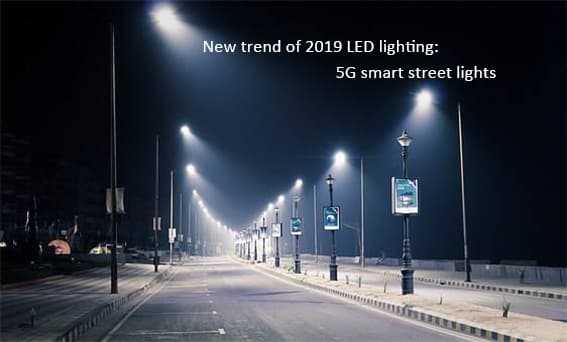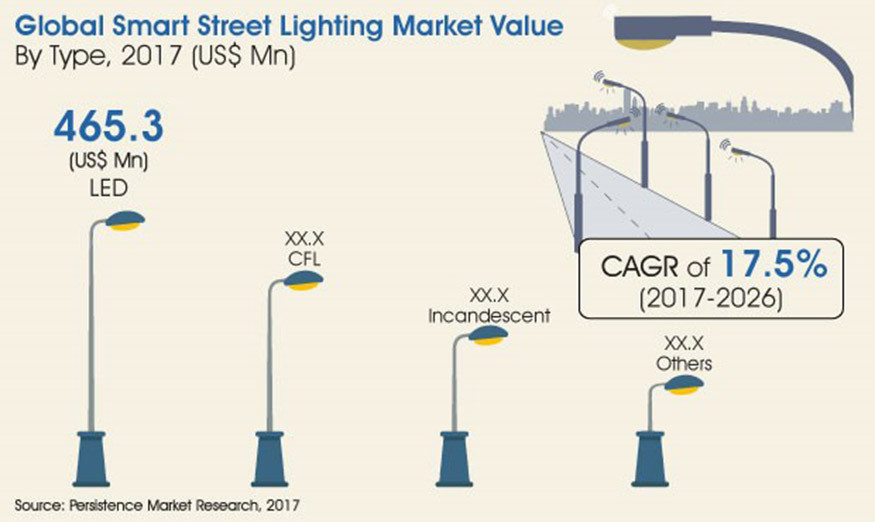In order to monitoring and control each street lighting the wireless sensor network wsn was developed in 9.
Intelligent wireless street lighting system project.
2016 2017 ieee ece embedded project titles 2016 ieee projects ieee projects 2016 2017 2016 ieee projects 2016 2017 ieee projects ieee projects 20.
The early days of street lighting focuses on functionality and rationality.
Environmental policies encourage the replacement of mercury lamps and the reduction of light pollution.
This article presents a pilot project for.
To make sure that the intelligent street lighting system is flexible and adaptable to any customer and specific project conditions we have adapted intelilight smart streetlight controllers to use several iot communication technologies.
Prototype of smart intelligent lighting system fig 7 2.
Our experience allows us to work with clients on the system design selection process and design from conception to deployment.
Intelligent wireless street lighting system.
Status of the light is off system here the above fig7 1 shows that the complete working prototype of the iot based smart intelligent.
We see street lights as one of the most valuable public assets that have a powerful role to play in making cities energy efficient resilient and future ready.
The system consists of sensor node remote terminal unit rtu and control center.
Tvilight is a european market leader in intelligent street lighting solutions.
The sensor nodes were installed at each lighting pole and make up a network with rtus.
Mesh net engineers have been involved in design of intelligent street lighting system components for over 12 years and developed systems from initial concepts to manufacturing.
Street lighting becomes dynamic and digital and now.
In the paper authors propose to apply wireless sensor network wsn to intelligent street lighting system.
Street lighting now also creates a cer tain atmosphere and puts the spotlight on eye catchers in public spaces.
We propose an innovative wireless street lighting system with optimized management and efficiency.
The sensor senses the status of the lamp and the light intensity.
As a result of such a combination one obtains a system designed to increase functionality of light installations for a wide range of applications and introduce a platform for new additional services which meets current and future user needs.
Lighting systems particularly within the public sector are still designed per the previous standards of reliability and that they don t usually profit of latest technological developments.









